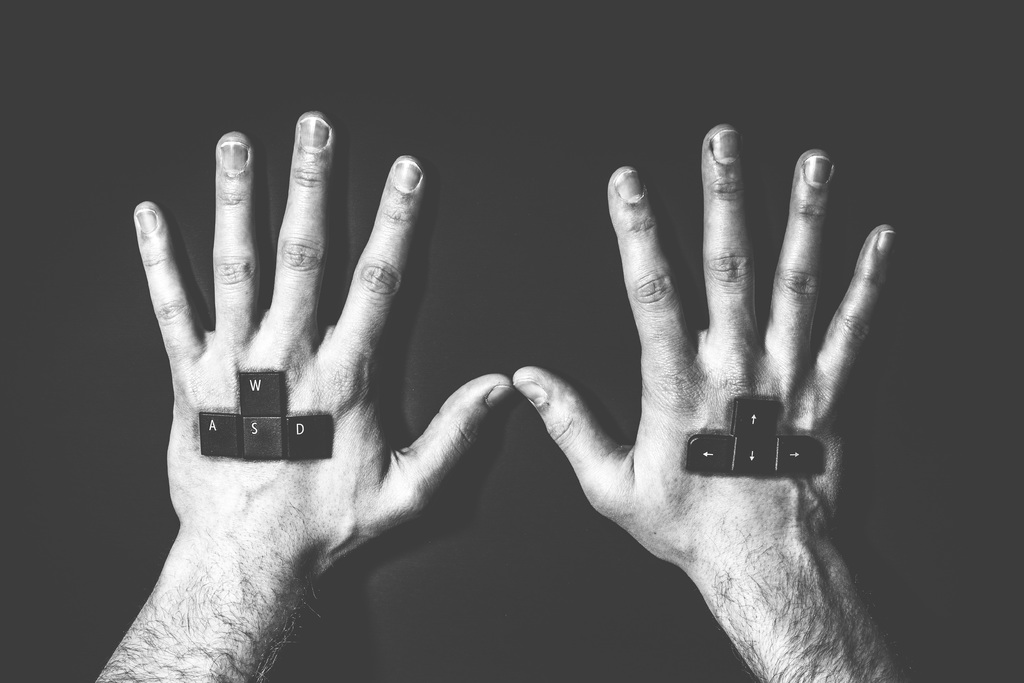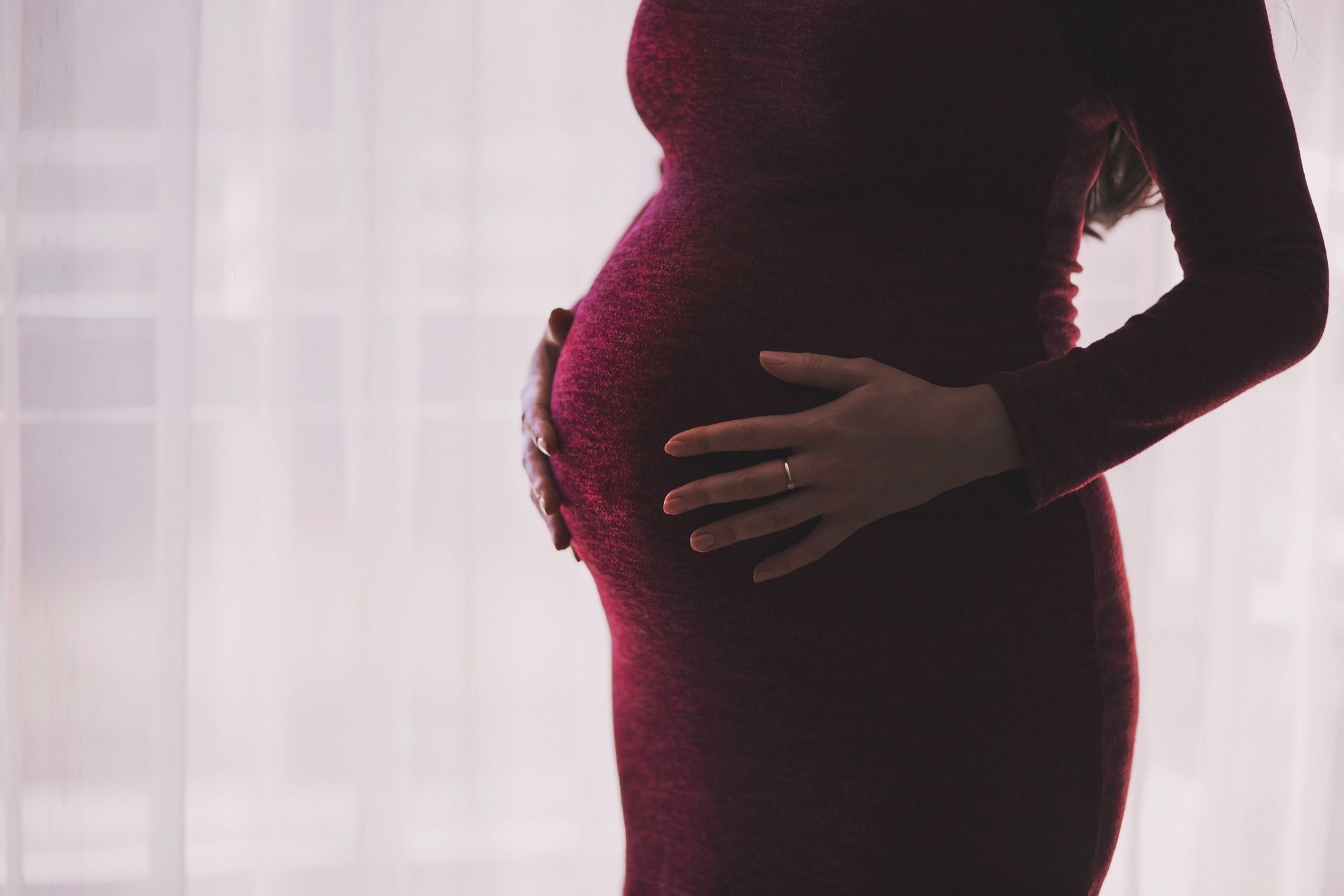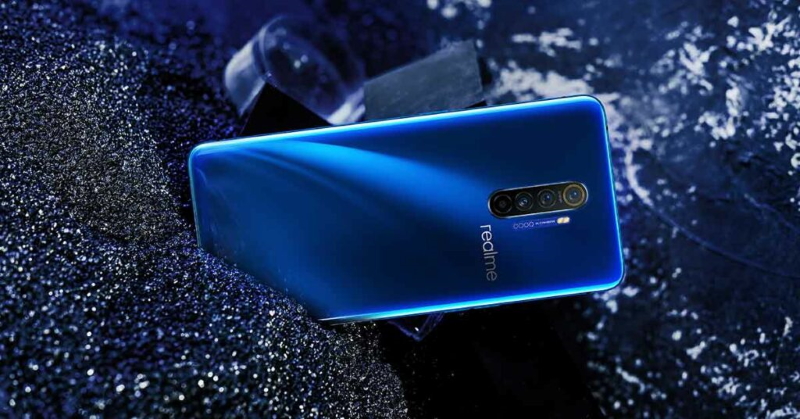Rating of the best heat pumps for 2024

A home heat pump is an extremely effective and relatively new solution to save heating costs for your home. Compared to an electric boiler, heating by means of a heat pump can reduce the cost of this item of utility costs by about 3-5 times. However, such indicators can be achieved only if the entire system is installed correctly, and the equipment used is correctly selected.
Household heat pump and its purpose
Initially, this equipment was not created at all as an alternative to classic boilers, but was intended only to somewhat reduce operating costs. For a modern air heat pump, the coefficient of conversion of electricity into heat (abbreviated "COP") will be about 4-5 units, which means that each kilowatt of heat energy will cost 4-5 times cheaper than using a standard electric boiler.
As a rule, the operating instructions for the heat pump from any manufacturer indicate that the equipment must be paired with a classic heating boiler in order to be ready in some cases to cover peak loads and increase the heating temperature. At the same time, formulas and calculations are provided, using which it is possible to obtain the maximum effect (including economic) from the operation of the pumping device, as well as significantly reduce the period of its payback. Such instructions also include typical schemes for integrating pumping systems into already installed heating systems with standard boilers. Unfortunately, the owners of the premises often neglect these recommendations, do not follow the current SNiPs (especially regarding the reservation of boilers for the period of emergency repairs), which leads to a rapid deterioration of the entire system and does not allow achieving the necessary savings.
At the same time, the model range of equipment in this segment presented on the market today allows using any of their samples for heating a house. The best options are those that have the highest seasonal efficiency, are intuitively easy to configure, and pay off in less time. According to these indicators, the leadership is confidently held by air heat pumps.
Features of choosing a heat pump for home
Considering the “extremes” of Russian legislation in the field of “green energy” application, the average level of professionalism among the companies providing services for the installation of such systems, as well as the very cost of such work, it is very expensive to consider a geothermal heating pump as the only solution. This is largely due to the need to carry out large-scale earthworks. Thus, most Russians prefer to install air source heat pumps. The main thing is not to be confined to the statement that such a system will become a complete replacement for the existing one (on an electric boiler).
IMPORTANT! The main factor in choosing a pump should be the fact of the presence / absence of a low-temperature type heating system in the dwelling with operating temperature limits of 40-45 degrees Celsius (fan coil units, underfloor heating, radiators of an increased area), but not the type of a new pump, not its price and not even its predicted efficiency!
General principles of heat pump operation
A heat pump transfers heat from one medium to another through the use of three heat loops that are interconnected. The primary medium is atmospheric air, external soil or water. For the second medium, any heat carrier is used that heats radiators or a warm floor. Indoor air is used as a tertiary medium.
Existing types and types of heat pumps
Depending on the method of energy transmission, they can be divided into:
- Compression models are simple, highly effective and the most popular. The main elements in their design are the evaporator, expander, condenser and compressor. They use a compression-expansion cycle of the coolant with subsequent heat release;
- Absorption (absorbent) - this equipment already belongs to a new generation and in it the chemical absorbent-freon pair acts as a working fluid. This symbiosis increases the overall performance of the system.
Depending on the heat source, heat pumps can be:
- Geothermal - heat energy is extracted from land or water;
- Air - heat energy is obtained from the atmosphere;
- Secondary sources - already exhaust air, sewage, water are used as a heat source.
Depending on the order of heat transfer, this equipment can be divided into the following systems:
- "Air-to-air" - with this method, heat is taken from certain air masses, simultaneously lowering their temperature, and transferred to the room;
- "Water-water" - in this case, the heat of the near-ground water is used for the needs of heating the premises and heating the hot water supply system;
- "Water-to-air" - wells or probes are used to heat water, and for air - an air heating system;
- "Air-water" - atmospheric heat is used here to warm up hot water heating;
- "Ground-water" - the pipeline is laid underground, and the water circulating through it receives heat from the ground;
- "Ice-water" - the energy obtained from the formation of ice is used for heating. For example, the process of freezing 100-200 liters of water is capable of heating an average house for an hour.
The most widespread are samples in which the primary medium is earth or air, because suitable reservoirs may not be located in sufficient proximity to the heating system. The second most popular medium is water - a pipeline loop is drawn through the medium acting as a heat source and a coolant moves along it. During the movement along the circuit, the coolant is heated to the same temperature as the environment. After that, it enters the evaporator heat exchanger, where it heats up the liquid freon gas, which is in the secondary circuit, to a boil. Freon goes into the compressor, where it is compressed, as a result of which it heats up strongly to a temperature of 50 - 75 degrees Celsius.Then the gas enters the condenser, where it gives off the heated heat to another medium - air or a heat-transfer fluid.

Possible modes of operation of a heat pump for a residential building
The standard modes include:
- Heating of premises;
- Heating and hot water supply;
- Cooling of premises.
Most modern pumps are capable of working in several modes at once - heating rooms and hot water with its subsequent supply, heating water and cooling rooms, cooling some and simultaneously heating other rooms. However, such samples are very expensive and belong to the category of professional equipment, therefore they are more often placed in water parks, bath complexes, spas, etc. An ordinary household heat pump most often works only in one mode at once, but can quickly switch between them ...
Additional modes of operation of heat pumps include:
- Automatic temperature maintenance (both for water and indoor air);
- Ability to work according to a given schedule of events (for example, heating rooms at a certain time);
- Temperature compensation operation (depending on the outside temperature, the required indoor temperature is maintained).
It is also worth mentioning other functions that are not used as often:
- Defrosting mode (gradual "defrosting" of the premises, if there was a low temperature in them for a long time);
- Maintaining the circulation of the coolant through the heat exchanger (i.e. maintaining a minimum positive temperature in the circuit in order to prevent it from completely freezing);
- Automatic troubleshooting in the system;
- Automatic system restart (in case of failure, error detection, power outage / restoration);
- Warm start (compressor warming up);
- The ability to remember the last settings;
- Compressor power regulation by inverter.
The optimal power of a heat pump for home heating should be approximately 120-200% of the estimated heat loss of the house (i.e., of the required specific power). Although these parameters are highly recommended and will provide up to 95% of the heat demand for the entire house for a full heating season, their achievement will greatly affect the cost of the entire system as a whole. Thus, even reaching a figure of 120% of heat loss can be very difficult.
It should be noted that if we focus on the coefficient of conversion of electrical energy for heating in the climatic conditions of central Russia, then it should be equal to 3 COP units. We must not forget that the device of a heat pump is, first of all, a way of saving, however, it will be different for each region of our large country. For example, an air heat pump with the same technical characteristics will pay off much faster (namely, 2-3 times) for heating seasons in the Moscow or Leningrad region than on the Crimean peninsula.
Heat pump and its efficiency
The power factor of the pump means the ratio of the heating power to the consumed one, in other words, how many kilowatts of heat power are output for each kilowatt of electricity consumed. For example, in a usually electric heater, this coefficient is about one. And for air conditioners and heat pumps, it starts from 3.0 and can reach 5.0, and even more. This indicator is also influenced by the heat-conducting circuit.
For example, an air circuit will cost much less, however, using it in a domestic environment may cause some discomfort. This is due to the fact that the fan that drives the air will carry its own noise around the premises, and also in the winter period the air warming up takes a longer time. Thus, if the dwelling is located in a region where there are severe frosts in winter, then it makes sense to install a bivalent heating system (it will use two heat sources at once).Such a system will independently control the heating efficiency, for example, if the temperature has reached a certain level and cannot be raised above it with the first source, then an additional heat source is automatically connected.
But on the earthen contour, such problems, as a rule, do not arise, because the ground temperature below the freezing level does not drop less than 0 degrees Celsius. At a depth of 3-4 to 40-50 meters, it is at the level of the average annual air temperature typical for the area. And at a depth even lower, it even begins to rise. And the ground heat exchanger works perfectly silently.
At the same time, practice shows that a heating ground complex can pay off in about 20 years. And this is only taking into account the current prices for electricity. Accordingly, in the future, electricity prices will continue to rise and the payback period will shrink. At the same time, it is worth remembering that usually manufacturers declare a minimum service life of a heat pump of 20 years, but in fact it can work all 100. Therefore, its acquisition can indeed be economically justified.
Body pump with your own hands
Despite all the advantages of equipping a home with a heat pump, the cost of the entire system is far from small and can reach several thousand US dollars. However, the entire system can be created by hand. Most often, a compressor, several plate heat exchangers, a drying filter, expansion valve and several other components will suffice for this. Liquefied gas R22 freon can be used as a refrigerant. All these components are enough to create a system that will provide heat to a three-level house of 300 square meters.

To begin with, on the site around the house, it is necessary to lay two HDPE pipe loops of 450 meters and one loop of 600 meters. The end of the 600-meter circuit must be lowered into the nearest flowing body of water. In addition to the system, it is necessary to install ventilation, which will heat the coolant up to the recuperator. In the summer, ventilation will be used to cool the premises. Approximately, the entire specified system will “wind up” about 39,000 kilowatts on 300 square meters of living space in three years. Savings on the face.
Rating of the best heat pumps for 2024
Geothermal
2nd place: Silanis TNV-GT 15 kW
An inexpensive model of geothermal equipment, perfect for domestic use. There is an internal memory of 8GB and remote control using an Android application. The model has a "soft start" function and can control the temperature of the coolant at 12 points in the system.
| Name | Index |
|---|---|
| Heat carrier temperature, degrees Celsius | Up to 60 |
| Dimensions, millimeters | 700x600x1300 |
| Weight, kilograms | 210 |
| Pump type | Air to air |
| Thermal power, kilowatt | 15 |
| Voltage, volt | 380 |
| Cost, rubles | 370000 |
- Actual price;
- Powerful electronic filling;
- Variability of management.
- Not found (for its category)
1st place: DХ Lian HW12
This pump uses innovative DX technologies - they allow direct boiling of the coolant in the system, which will increase the heated area, and excess condensate will not accumulate in the circuit. The design uses a two-rotor compressor with a synchronous drive.

| Name | Index |
|---|---|
| Heat carrier temperature, degrees Celsius | 55 |
| Dimensions, millimeters | 700x600x1500 |
| Weight, kilograms | 300 |
| Pump type | Air - air |
| Thermal power, kilowatt | 12 |
| Voltage, volt | 380 |
| Cost, rubles | 990000 |
- Only 2-4 square meters of land is required to lay the contour;
- An RCD is installed in the case;
- A unique self-diagnosis system is applied.
- High price.
On water heating
2nd place: Meeting MDS20D
A somewhat low-power, but still reliable pump for domestic use. Able to warm up rooms up to 100 square meters.Its distinctive feature is that it is able to function even at low temperatures (from + 5 Celsius). The design is equipped with a rotary compressor with three operating modes.

| Name | Index |
|---|---|
| Heat carrier temperature, degrees Celsius | 60 |
| Dimensions, millimeters | 750x650x550 |
| Weight, kilograms | 75 |
| Pump type | Water - water |
| Thermal power, kilowatt | 7 |
| Voltage, volt | 220 |
| Cost, rubles | 140000 |
- Budgetary price;
- Small size and weight;
- Availability of additional modes.
- Low power.
1st place: HISEER GS07
Not a bad pump model, perfect for heating medium-sized country houses up to 100 square meters. All the minimum required option is available: a three-stage operation mode, a function to maintain a set temperature, weather-dependent automation. Decent model at the current price.

| Name | Index |
|---|---|
| Heat carrier temperature, degrees Celsius | 60 |
| Dimensions, millimeters | 640x1040x600 |
| Weight, kilograms | 107 |
| Pump type | Water - water |
| Thermal power, kilowatt | 7 |
| Voltage, volt | 220 |
| Cost, rubles | 240000 |
- Excellent value for money;
- Has a weather compensation mode;
- The noise level is minimized.
- Lack of remote control included.
Inverter
2nd place: Danheat up to 5.3 kW
Another household model that is extremely easy to install. Belongs to the category of budget samples. Technical characteristics allow it to be applied to any, even the smallest, rooms, but you should not expect ultra-high powers from this pump. The device may well fit for rotational purposes.

| Name | Index |
|---|---|
| Heat carrier temperature, degrees Celsius | 43 |
| Dimensions, millimeters | 640x1040x600 |
| Weight, kilograms | 55 |
| Pump type | Air - air |
| Thermal power, kilowatt | 5.2 |
| Voltage, volt | 220 |
| Cost, rubles | 110000 |
- Extremely small dimensions and weight;
- Reliable components;
- Budgetary price.
- Small functionality;
- Reduced power.
1st place: Danheat up to 13 kW
Unit specially optimized for the Russian climate. Works on the "air - water" system. Differs in a small power consumption with a sufficiently high output effect. A new composition of R410A freon is used as a coolant. The COP efficiency ratio is 3.3 units.

| Name | Index |
|---|---|
| Heat carrier temperature, degrees Celsius | 55 |
| Dimensions, millimeters | 640х740х600 |
| Weight, kilograms | 160 |
| Pump type | Air - water |
| Thermal power, kilowatt | 13 |
| Voltage, volt | 220 |
| Cost, rubles | 390000 |
- Optimal price / quality ratio;
- Increased output power;
- Low power consumption.
- Not identified (for its segment).
For swimming pools
2nd place: Azuro BP 50WSC
Compact heat pump for the pool, easy to install and does not need special maintenance. It can be used to heat water both in a monolithic (concrete) pool, and in a prefabricated or frame one. It functions perfectly from April to October in central Russia. A rotary compressor is installed.

| Name | Index |
|---|---|
| Heat carrier temperature, degrees Celsius | 35 |
| Dimensions, millimeters | 510x780x270 |
| Weight, kilograms | 35 |
| Pump type | Air - water |
| Thermal power, kilowatt | 4.6 |
| Voltage, volt | 220 |
| Cost, rubles | 80000 |
- Easy installation;
- Rotary compressor;
- Multifunctionality.
- It is not recommended to run at ambient temperatures above +35 Celsius.
1st place: Zodiac Z200 M5 (WH000013)
Monoblock, and therefore relatively expensive model from a French manufacturer. It is positioned as high-quality, but at the same time simple and cost-effective equipment. It can be used for heating both private and public swimming pools of any design. With sufficient power, it does not require increased power supply.

| Name | Index |
|---|---|
| Heat carrier temperature, degrees Celsius | 35 |
| Dimensions, millimeters | 380x840x660 |
| Weight, kilograms | 45 |
| Pump type | Air - water |
| Thermal power, kilowatt | 6.1 |
| Voltage, volt | 220 |
| Cost, rubles | 180000 |
- Multifunctionality;
- Increased power;
- Easy to install and maintain.
- Not found.
Instead of an epilogue
Currently, the market for the units under consideration is quite wide and it is difficult to single out a specific leader on it. But the trends are such that for heating swimming pools, the buyer prefers a Western manufacturer, for heating small areas, Asian models are perfect, and for home use (heating large areas of private houses) Russian models are also quite suitable. In turn, most of the supplier companies offer their own installation supervision services in addition to the purchase of equipment directly. They are provided mainly with a significant discount, so it is not a sin to use them. Heat pumps can be purchased both in retail chains and on Internet sites.
new entries
Categories
Useful
Popular articles
-

Top rating of the best and inexpensive scooters up to 50 cubic meters in 2024
Views: 97661 -

Rating of the best materials for noise insulation for an apartment in 2024
Views: 95022 -

Rating of cheap analogues of expensive medicines for flu and colds for 2024
Views: 91751 -

The best men's running shoes in 2024
Views: 87681 -

Top ranking of the best smartwatches 2024 - price-quality
Views: 85091 -

Best Complex Vitamins in 2024
Views: 84801 -

The best dye for gray hair - 2024 top ranking
Views: 82406 -

Rating of the best wood paints for interior use in 2024
Views: 77202 -

Ranking of the best action cameras from China in 2024
Views: 75269 -

Rating of the best spinning reels in 2024
Views: 74827 -

The most effective calcium supplements for adults and children in 2024
Views: 72463 -

Top rating of the best means for male potency in 2024 with a description
Views: 68296









